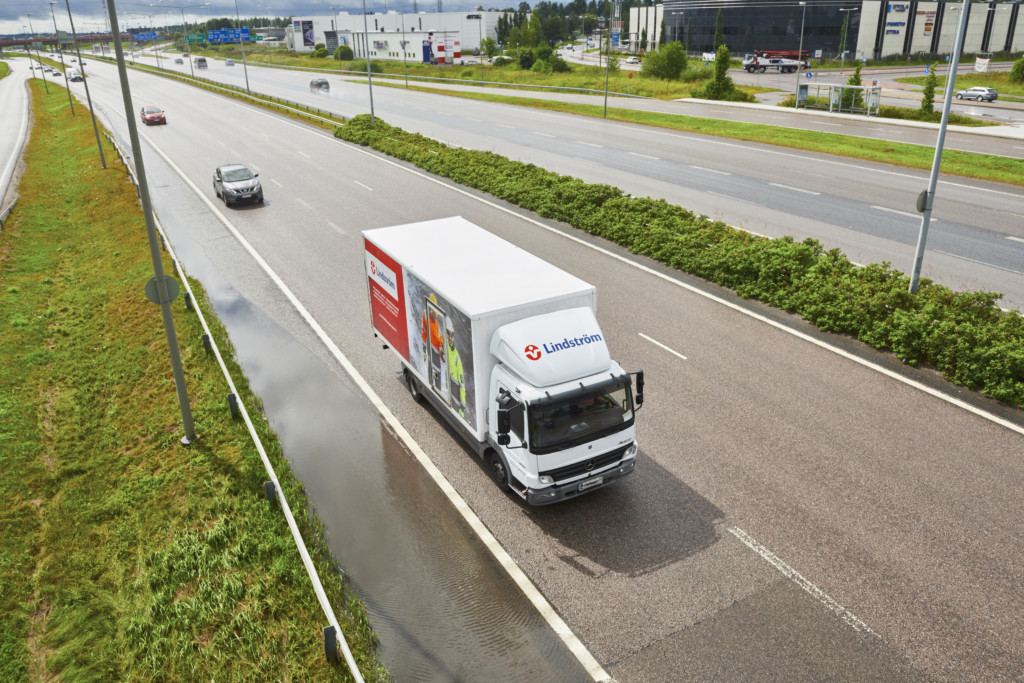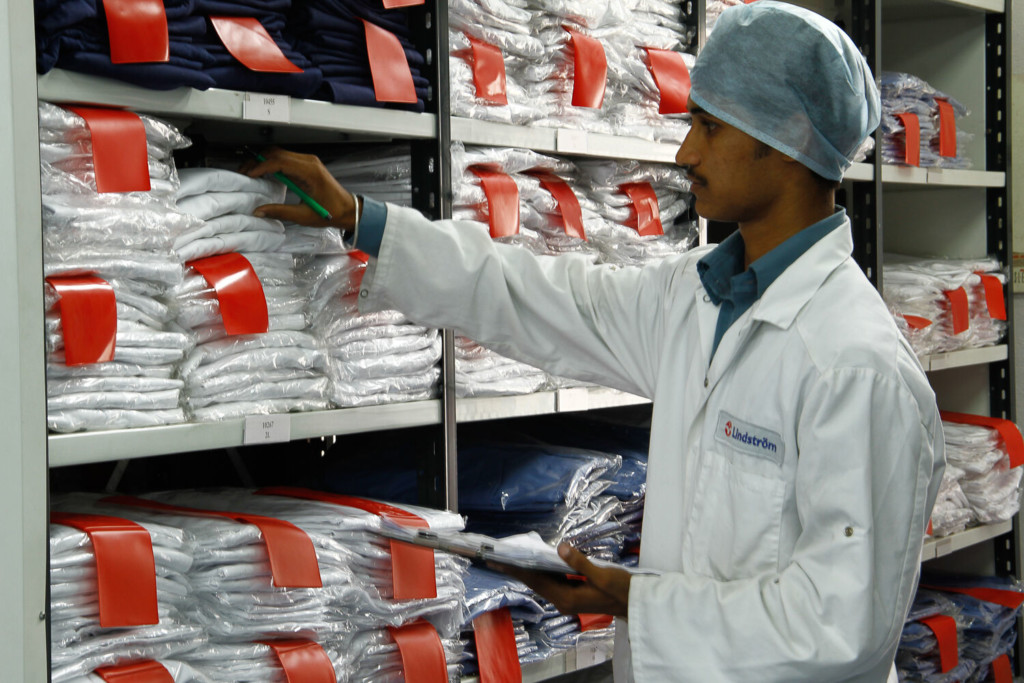
Safety observation reporting in your pocket
We strive for uncompromised safety for our employees in every aspect. Health and safety touches all, and so there’s something that each of us can do to make our workplace safer for ourselves and our colleagues. To make it easier for all employees to care for each other’s wellbeing and safety, we introduced the Mobile Safety Observation side to our audit management tool. This makes safety observation reporting a breeze for anyone, anywhere at any time with the help of QR codes.
For years, we have been using an audit management tool internally for our employees where safety observations could be reported who have access to Lindström IT systems. Those not able to access the tool have had the chance to report possible observations to their supervisors, who have then logged them into the system. With the mobile tool, we lowered the threshold to report any deviations, notably as reporting is now possible by simply scanning QR codes on smartphones for anyone visiting our premises. This enables everyone to report safety concerns they might notice in our facilities, be it a customer, delivery partner, or service partner, with only one precondition – they should have access to a smartphone.
Spike in Safety Observation
We registered a sharp growth of 23% in the number of reported safety observations in 2022. Of the total observations reported globally, 19% were mobile observations owing to the successful tool launched in 2022. In total, 3,893 safety observations were made during the year (2021: 3,152), reaching almost the goal of one observation per person with result of 0.77 safety observations per person (2022: 0.66). The injury rate (injuries per million working hours) for the Group was a bit higher than the year before ending at 7.0 (2021: 6.2), one of the most important reasons for the increase was the improved reporting activity and the development of safety culture in general, bringing more attention to the topic.
Harri Puputti, who is responsible for leading Health & Safety practices at Lindström Group, comments, ”the main challenge is to build the right attitude towards safety, to make it a practice, a habit for each of us to be more observant of our surroundings. When we enter a new space, it should come naturally to us to evaluate the threats, the hazards or the absence or lack of safety measures. Launching the mobile tool for reporting safety observation is an excellent step towards building this mindset and bringing it to the top of people’s minds. When all of us are engaged in identifying and managing risk, we become active participants in continuously improving safety at and outside the workplace.”
Ilona Laine, who leads the development project and launched the mobile tool globally, adds that safety is at the forefront of our strategic goals and metrics, with visible commitment and support by leadership.
Ensuring Safety Always
According to Reija Haikama, who has been driving the tool into use in Finland, launching the new tool and the new way of working in reporting the safety observations didn’t happen overnight – and in parts, the work is still not over.
“Making the QR code available and visible is a significant part of boosting its use, but to me, the more crucial part is to show people how the observation is done in practice. We noticed early on that we need to talk about the topic, to educate all what we mean by safety observations – not just recording accidents as they happen, but also those near-misses or positive ones – and then show, in practice, how you access the tool and so forth. We created a short video on how to use the tool which is accessible for all employees, and organised booths at cafeterias and common areas, where people can just walk up and ask for support. We got the conversation going on the topic in different visits and meetings. It takes a lot of leg work to activate people and make them aware; in some way, we are just scratching the surface. However, we already see the results as there are some business units where the number of safety observations is on the rise.”
The challenge continues for the operational level employees, who cannot utilise mobile phones while working on the machinery. According to Reija, this has been acknowledged, and QR code and mobile use are being promoted in the common areas. The employees can also use the “old” methods when making the observations; pen and paper, and reporting to superiors.
She continues to say that there is still work to be done on activating the safety mentality in all employees’ minds. “Some people still connect safety as a topic only to the production level, something connected only to accidents, not understanding that it is a key topic also for the offices and travels, and in preventing the accidents before they happen. We need to encourage people to take ownership of safety overall – we collectively are responsible for making Lindström a safe workplace for everyone. It is all about the small deeds and preventing all mishaps from happening, and in this, we still have work to do.”




